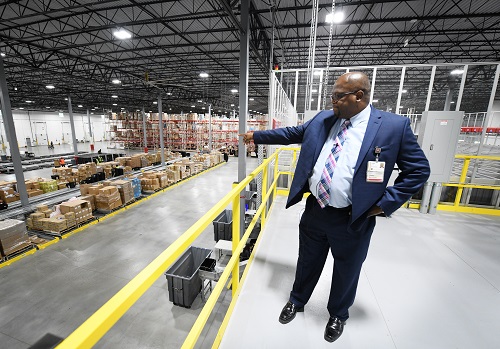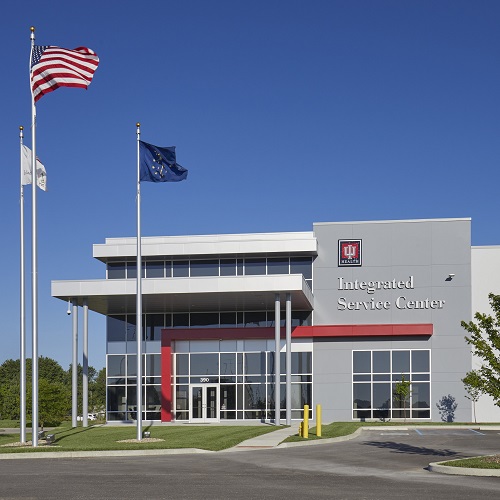June 10, 2021
The largest health system in Indiana now requires predictive supply health metrics and reporting from its distributors and more
Indiana University (IU) Health is the largest network of physicians and hospitals in the state of Indiana. The system includes a unique partnership with the IU School of Medicine, giving patients access to one of the nation’s leading medical schools, to leading-edge medicine and treatment options. While COVID-19 response continues to consume significant healthcare resources and require heightened precautions, IU Health saw increases in surgical cases and outpatient care in the first quarter of 2021.
“Over the past year IU Health has adapted to meet changing healthcare needs amid unprecedented challenges posed by the global pandemic,” said Jenni Alvey, senior vice president and chief financial officer for IU Health. “We expect the rest of 2021 will require continued resilience to manage operations and finances while making new investments to serve patients who depend on us, especially in these critical times.”
“Due to COVID-19, IU Health now reviews manufacturer and distributor throughput to include their sourcing strategy outside the U.S.,” said Dennis Mullins, senior vice president of supply chain for IU Health. “This allows us to properly forecast our supply ordering and have confidence in the reliability of our suppliers to manage their end-to-end supply chain process from raw material to the product delivery to our hospitals.”

In addition, IU Health increased its knowledge base regarding how overseas manufacturing plays a vital role in how the U.S. supply chain operates to include the logistical complexities of ships, shipping ports and customs operations.
“Prior to the pandemic, we maintained a 60-day safety stock of PPE for all acute locations at our Integrated Service Center, which consolidates and handles inventory for our 16-hospital system,” Mullins said. “Now, we are positioned to maintain 120 days of PPE safety stock.”
IU Health’s supply planning approach before the pandemic was based on historical usage. “But pandemic planning required more of a future forecast where we were required to look at the COVID-19 positive population at a global level, and it could impact the U.S. and IU Health,” Mullins said.

IU Health entered into several supply assurance programs with distributors and manufacturers. These programs were designed to stabilize and sustain stocking levels required to support its increased demand.
“We created a strategic communication structure with multiple suppliers where discussions about supply levels occurred weekly, daily, and sometimes, hourly depending on the need,” Mullins explained. This resulted in better reporting being distributed to IU Health from vendors, including data related specifically to the pandemic like allocation amounts, and how and why certain products were used.
Since the pandemic, IU Health has engaged with its distributors to:
- Require predictive supply health metrics and reporting
- Preapprove substitute products to avoid disruption due to backorder where possible
- Contract to guarantee supply commitments on critical PPE categories
- Partner to identify and approve credible alternate supply sources and avoid scams in the market
- Create more frequent communication tailored to the critical item needs of IU Health and how to best resolve those issues in the fastest way possible without impacting patient care
“Post-pandemic we expect closer assignments of pandemic-exposed capabilities of suppliers and distributors, their countries or origin and long-term risks,” Mullins said. “We expect even closer relationships with our distributors and vendors to capitalize on what they have learned during the pandemic about our processes and how we function as a healthcare system. This will improve communication on critical questions.”
Supply assurance contracts enabled IU Health to supply clinicians with needed PPE they were familiar with, rather than lower quality alternatives. And IU Health never had a zero balance of critical PPE.
“Our command center was set up to maintain constant contact with one another to resolve any issue that arose as efficiently as possible, sometimes within minutes of hearing about an issue,” Mullins said.
